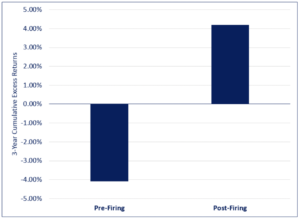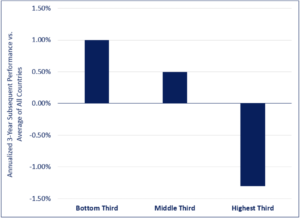Special to the Findependence Hub
Investing has become more accessible to more people over the years. The emergence of mutual funds, ETFs, online brokers and robo-advisors has given pretty much everyone the means to invest. So why are so many people still reluctant to invest, and in particular, why don’t they think they can do it themselves? Judging by the people I’ve talked to the answer is: they’re scared.
This is unfortunate and unnecessary. The investment industry has made investing look so complicated. We are led to believe that we need an MBA, a Bloomberg terminal and a proficiency in Excel modeling to invest. This is absolutely not true. Investing can be simple when you buy and hold broad-market ETFs.
Compounding the problem are the tales of fortunes lost in the stock market, either by gambles taken or being swindled by an unscrupulous financial sales person. These horror stories, although real, are uncommon, and like many of our fears, are bigger in our imaginations than in reality.
Investing can be simple
Have you heard of imposter syndrome? That’s when you think you aren’t talented or skilled enough to deserve your job, your income, or the accolades bestowed on you. I had terrible imposter syndrome when I was hired as an equity analyst 16 years ago. I thought everyone around me was way smarter than me when it came to investing in the stock market.
Over the years, though, I realized that so much of what people were talking about was irrelevant, and the excessive amount of information and analysis was unnecessary. The highly-paid “experts” who came to meet with us couldn’t simply say “The stock market goes up over the long term.” Why would anyone be paid to give that simple piece of insight?
The thing is, that’s all that matters. The fact that the U.S. stock market has, historically, always recovered from dips and crashes and continued the march upward is all that matters. Don’t let all the other market-related noise distract you from this point.
Fewer decisions, better outcomes
Here’s how to de-complicate investing: don’t make predictions. The smartest investors on Bay Street don’t try to guess where the market is going: they buy their investments and hold onto them for the long term. The more decision-making you remove from investing, the better off you’ll be. This means don’t pick stocks and don’t choose when to get in and out of the market. Buy ETFs or index mutual funds that mirror the broad market, buy when you have the money, and sell when you need it. Continue Reading…










